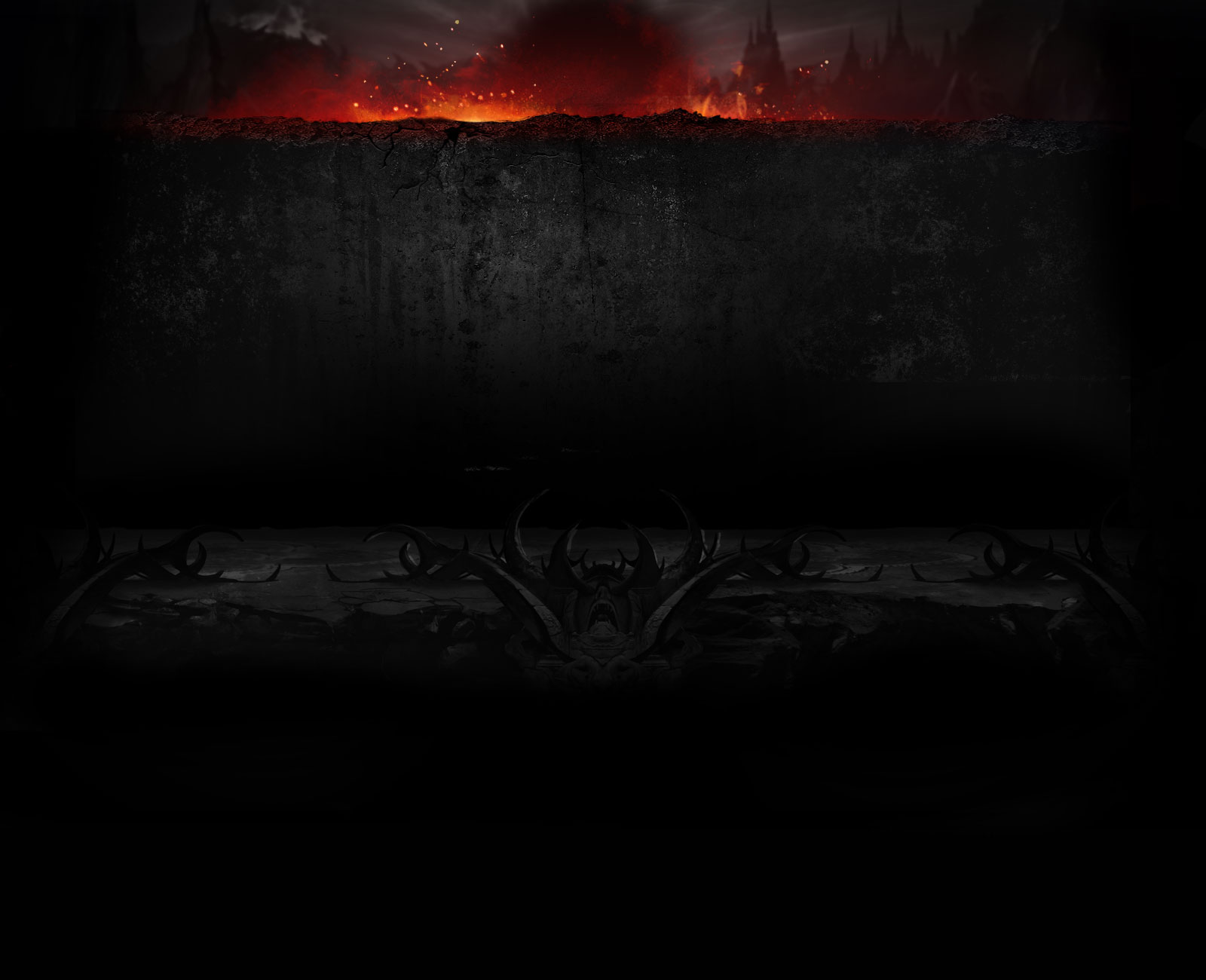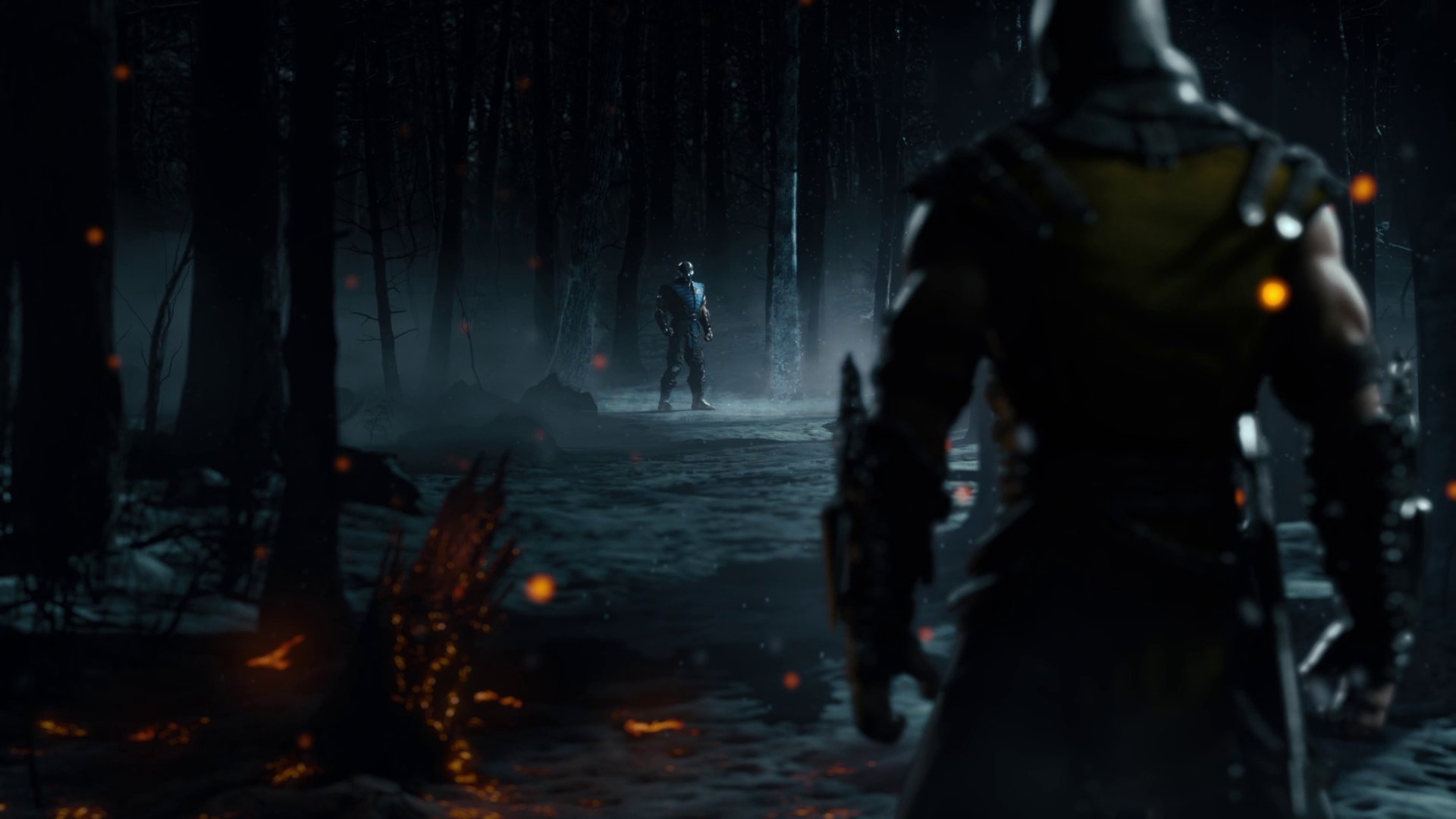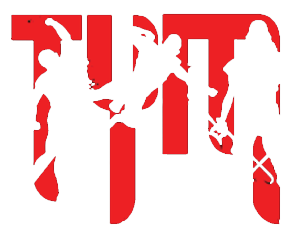Sao87
@thedigitaldojo
I see a lot of misinformation about Cage across the boards and I've decided to make a thread to put a microscope on Cages weaknesses as a character. I intend for this thread to be a guide on how to play against Johnny Cage. This is for two reasons, I want to help people understand the match up and I hope that other top players will follow suit and make similar guides for more characters.
The first thing I want to explain before I go into this is my perception of the learning cycle. There are 4 steps that apply to learning anything in life and it goes like this.
Unconsciously Incompetent - You are not even aware that something is an issue.
Consciously Incompetent - You learn that there is a problem and you don't know how to solve it.
Consciously Competent - You become aware of the answers to your problem but you need to devote mental resources towards applying the concepts
Unconsciously Competent - At this point you have worked the answers to your problem into a mental state/muscle memory state where you just naturally apply the answers to your issues without thinking.
The one thing a lot of people don't think about is their defensive game plan. I wan't this thread to detail how you DEFEND against Johnny Cage.
I feel like this learning cycle is important because I want to help people get to step 3. Your issue is that you do not know how to fight Johnny Cage but that's OK because I am going to give you the answers below.
------------------------------------------------------------------------------
This guide mainly applies to offline players.
Johnny Cage is a very one dimensional, he is arguably the worse character everywhere on the screen except up close which is where his strengths shine. You should be taking advantage of this fact by limiting Cages ability to close space, he doesn't really have options to approach. I've played games against people where I've felt like my offensive opportunities were limited to maybe 10% of the match. Learn how to zone properly and do not let him in.
First I wan't to go through the basis of Johnny Cages offense, he has 3 strings primarily that define how he will apply pressure and stay on you once he is in close.
Before I explain how to beat these 3 want to explain a very important fighting game concept. A concept called "mental resources", players are really only capable of assigning one reaction to a 50/50 situation. In Cages case I want to explain what he is looking for when he uses the pressure strings below.
When Cage starts his offense you need to be aware of what he can potentially do mix up wise. Once he's started offense your default defensive position is crouch block with a fuzzy guard reaction to overheads. (fuzzy guarding means if you see an overhead coming you continue to hold block but you release the down motion. Your character will block the overheads while remaining in a crouch animation)
f3,3,b3 string - His forward advancing knee with high priority. Players will mix a variation of each part of the string because each piece has advantages.
f3: This one hit alone leaves the Cage player at block advantage, do not waste your time trying to poke out of it because he is throwing a high priority hitbox at you with frame advantage. If you predict the Cage player will use this string over and over your reaction will be to jump away after blocking it successfully. Cage players will not use this string over and over because it doesn't do much for him offensively.
f3,3: Cage players assign what their "mental resources" towards hit confirming into a nut punch. If the string is blocked Cage is at slight advantage. But he is still vulnerable to either jumping away or fast normal's. Use a normal that is 6-7 frames to poke out the moment you've released crouch block.
f3,3,b3: The final hit on this string is an overhead, if Cage commits to this string he's essentially said I am allowing you to escape my pressure. If you fuzzy guard this overhead on reaction (which is simple) you are out of Cages pressure.
2,1,f2 string - His string with very short range that will hit an opponent crouch blocking.
2: Alone this string doesn't have great properties. A Cage player might use it to tick you after nut punch which will put you in a block stun animation allowing him to throw you almost for free since most players brace for the second hit.
2,1: This is part of Cages frame trap pressure game, Cage expects you to brace for the 3rd hit so they will end this string short to loop other aspects of his 3 string pressure game. Cage also devotes his mental resources on this string towards hit confirming off of the first 2 hits and into f2. If he lands this string and completes it, he gets a combo into nut punch.
2,1,f2: The last hit of this string is an overhead, same concept apply's as the knee string. If Cage has committed to the 3rd part of this string, he once again has given up on pressuring in favor of a mix up. If you fuzzy guard this you are out of his pressure and free to start your own.
1,1,f1 string - An upward advancing Jab string used for anti air reads and whiffs over people who are crouch blocking.
1: This string is rarely used alone unless you are jumping in on Cage for an anti air option.
1,1: This is the string most commonly applied in his pressure game. Cage sticks it out because he notices you are either standing or hes made a read that you will be jumping out of his pressure (This is almost everyone's biggest problem, their default answer to pressure is to hold up)
1,1,f1: The final hit of this string leaves Cage at slight advantage, but also pushes you forward. Cage might use this spacing/frame advantage to use his 13 frame move b3 and launch you, or he may dash forward and attempt to apply more pressure. On hit or block just stay where you are or jump backwards.
Next I want to cover what many consider to be Cages biggest strength.
EX Force Ball pressure - Cage relies on his opponents to be standing when he makes a decision to apply ex force balls to his offensive pressure game. There is only one way to guarantee an opponent is standing and that is with a jump in punch because you always have to start out blocking high, Cage will then use an f3,3 string to keep you jailed standing and toss 2 ex force balls.
Once you've blocked the the knee pressure we go to our default defensive position, we hold down and block. Eventually your character will be put in a ducking animation where its your turn to decide when to poke out or escape pressure.
Now I hope at this point it is very clear to you that Cage is at his biggest disadvantage offensively when you are crouch blocking.
There are some other topics I want to briefly address.
Poking against Cage, some players will tell you that great Cage players will cover their offensive holes with d1. Although this is true, you need to understand when Cage may place his d1 and reply to it with a d3. d3 is great for going under and out prioritizing Cages d1. You are most likely to see d1 from Cage after the following strings: (f3,3.. 2,1.. f3,2..)
F3,2 - Even though Cages f3,2 sees little to no use anymore it still servers a purpose. It has very safe forward advancing properties and on hit it causes a stagger granting him a free throw opportunity, on block it is a risk. When Cage throws you, hes put himself in a position where he has to re approach you however so a throw is not favorable.
This string no longer links into nut punch so you wont really see what you aw at EVO. When players talk about Johnny Cages success at tournaments they point to a player named JOP who did very well at EVO. He was taking advantage of 2 primary rules that have been removed from the game since then.
F3,2 used to be a pseudo block infinite with d1. He was capable of hit confirming the f3,2 into nut punch or if it was blocked he would follow it with a d1 which used to grant enough advantage to pull off another f3,2. The reason it wasn't considered a true block infinite is because you could match Johnny Cage with a 6 frame move and at that point the game would randomly decide a winner because there are no ties in the game.
Hopefully you've learned something valuable with this information and can start to work on how you approach the Cage match up. Once you've reached the 4th step of the learning cycle you will be where a majority of my friends are at right now and hopefully not so scared of Johnny Cage.
I will revise this a little more and add to it as I think of things, but I really wanted to get this started.
YautJard asks: Very, very nice Cage's analysis, man. Could you explain the advantages or disadvantages of .... f4,44 ?
Alone f4 doesn't see much use. But here are some situations where you may see f4 come into play.
F4 is tricks, off of a jump in punch there is enough block stun/hit stun to reliably land the f4 which of course leads to (dash 2, dash 2, dash 2, dash 44 nut punch.
This is the most common scenario you may see because f4 on block leaves Cage in a neutral state so he risks nothing by using the normal.
There are also situations where Cage might decide to drop a string early in favor for an overhead f4 mix up. For example if I anti air you with a 1 I will dash 1,1 dash 1,1 dash 44 (I can land this nut punch or go for an unexpected mix up with f4) The mix up comes into play when Cage needs to steal a life lead back or wants to get way ahead with a risk. Or off of a 21f2 combo you might dash forward with f3 which normally gets cancelled into nut punch. You could just 21f3 dash f3 (which drops the combo early) then press f4 which will land exactly when they wake up leaving you with a free combo (f4 should be looked at as his option for resets).
The 4,4 string alone doesn't see much purpose even though its his furthest range poke at 9 frames. When I have someone cornered I might stick out a 4,4 string if i realize my opponent is hesitant to jump. But you mainly want to float pressure back and forth to capitalize on the anti air game and press the opponent in the corner.
The first thing I want to explain before I go into this is my perception of the learning cycle. There are 4 steps that apply to learning anything in life and it goes like this.
Unconsciously Incompetent - You are not even aware that something is an issue.
Consciously Incompetent - You learn that there is a problem and you don't know how to solve it.
Consciously Competent - You become aware of the answers to your problem but you need to devote mental resources towards applying the concepts
Unconsciously Competent - At this point you have worked the answers to your problem into a mental state/muscle memory state where you just naturally apply the answers to your issues without thinking.
The one thing a lot of people don't think about is their defensive game plan. I wan't this thread to detail how you DEFEND against Johnny Cage.
I feel like this learning cycle is important because I want to help people get to step 3. Your issue is that you do not know how to fight Johnny Cage but that's OK because I am going to give you the answers below.
------------------------------------------------------------------------------
This guide mainly applies to offline players.
Johnny Cage is a very one dimensional, he is arguably the worse character everywhere on the screen except up close which is where his strengths shine. You should be taking advantage of this fact by limiting Cages ability to close space, he doesn't really have options to approach. I've played games against people where I've felt like my offensive opportunities were limited to maybe 10% of the match. Learn how to zone properly and do not let him in.
First I wan't to go through the basis of Johnny Cages offense, he has 3 strings primarily that define how he will apply pressure and stay on you once he is in close.
Before I explain how to beat these 3 want to explain a very important fighting game concept. A concept called "mental resources", players are really only capable of assigning one reaction to a 50/50 situation. In Cages case I want to explain what he is looking for when he uses the pressure strings below.
When Cage starts his offense you need to be aware of what he can potentially do mix up wise. Once he's started offense your default defensive position is crouch block with a fuzzy guard reaction to overheads. (fuzzy guarding means if you see an overhead coming you continue to hold block but you release the down motion. Your character will block the overheads while remaining in a crouch animation)
f3,3,b3 string - His forward advancing knee with high priority. Players will mix a variation of each part of the string because each piece has advantages.
f3: This one hit alone leaves the Cage player at block advantage, do not waste your time trying to poke out of it because he is throwing a high priority hitbox at you with frame advantage. If you predict the Cage player will use this string over and over your reaction will be to jump away after blocking it successfully. Cage players will not use this string over and over because it doesn't do much for him offensively.
f3,3: Cage players assign what their "mental resources" towards hit confirming into a nut punch. If the string is blocked Cage is at slight advantage. But he is still vulnerable to either jumping away or fast normal's. Use a normal that is 6-7 frames to poke out the moment you've released crouch block.
f3,3,b3: The final hit on this string is an overhead, if Cage commits to this string he's essentially said I am allowing you to escape my pressure. If you fuzzy guard this overhead on reaction (which is simple) you are out of Cages pressure.
2,1,f2 string - His string with very short range that will hit an opponent crouch blocking.
2: Alone this string doesn't have great properties. A Cage player might use it to tick you after nut punch which will put you in a block stun animation allowing him to throw you almost for free since most players brace for the second hit.
2,1: This is part of Cages frame trap pressure game, Cage expects you to brace for the 3rd hit so they will end this string short to loop other aspects of his 3 string pressure game. Cage also devotes his mental resources on this string towards hit confirming off of the first 2 hits and into f2. If he lands this string and completes it, he gets a combo into nut punch.
2,1,f2: The last hit of this string is an overhead, same concept apply's as the knee string. If Cage has committed to the 3rd part of this string, he once again has given up on pressuring in favor of a mix up. If you fuzzy guard this you are out of his pressure and free to start your own.
1,1,f1 string - An upward advancing Jab string used for anti air reads and whiffs over people who are crouch blocking.
1: This string is rarely used alone unless you are jumping in on Cage for an anti air option.
1,1: This is the string most commonly applied in his pressure game. Cage sticks it out because he notices you are either standing or hes made a read that you will be jumping out of his pressure (This is almost everyone's biggest problem, their default answer to pressure is to hold up)
1,1,f1: The final hit of this string leaves Cage at slight advantage, but also pushes you forward. Cage might use this spacing/frame advantage to use his 13 frame move b3 and launch you, or he may dash forward and attempt to apply more pressure. On hit or block just stay where you are or jump backwards.
Next I want to cover what many consider to be Cages biggest strength.
EX Force Ball pressure - Cage relies on his opponents to be standing when he makes a decision to apply ex force balls to his offensive pressure game. There is only one way to guarantee an opponent is standing and that is with a jump in punch because you always have to start out blocking high, Cage will then use an f3,3 string to keep you jailed standing and toss 2 ex force balls.
Once you've blocked the the knee pressure we go to our default defensive position, we hold down and block. Eventually your character will be put in a ducking animation where its your turn to decide when to poke out or escape pressure.
Now I hope at this point it is very clear to you that Cage is at his biggest disadvantage offensively when you are crouch blocking.
There are some other topics I want to briefly address.
Poking against Cage, some players will tell you that great Cage players will cover their offensive holes with d1. Although this is true, you need to understand when Cage may place his d1 and reply to it with a d3. d3 is great for going under and out prioritizing Cages d1. You are most likely to see d1 from Cage after the following strings: (f3,3.. 2,1.. f3,2..)
F3,2 - Even though Cages f3,2 sees little to no use anymore it still servers a purpose. It has very safe forward advancing properties and on hit it causes a stagger granting him a free throw opportunity, on block it is a risk. When Cage throws you, hes put himself in a position where he has to re approach you however so a throw is not favorable.
This string no longer links into nut punch so you wont really see what you aw at EVO. When players talk about Johnny Cages success at tournaments they point to a player named JOP who did very well at EVO. He was taking advantage of 2 primary rules that have been removed from the game since then.
F3,2 used to be a pseudo block infinite with d1. He was capable of hit confirming the f3,2 into nut punch or if it was blocked he would follow it with a d1 which used to grant enough advantage to pull off another f3,2. The reason it wasn't considered a true block infinite is because you could match Johnny Cage with a 6 frame move and at that point the game would randomly decide a winner because there are no ties in the game.
Hopefully you've learned something valuable with this information and can start to work on how you approach the Cage match up. Once you've reached the 4th step of the learning cycle you will be where a majority of my friends are at right now and hopefully not so scared of Johnny Cage.
I will revise this a little more and add to it as I think of things, but I really wanted to get this started.
YautJard asks: Very, very nice Cage's analysis, man. Could you explain the advantages or disadvantages of .... f4,44 ?
Alone f4 doesn't see much use. But here are some situations where you may see f4 come into play.
F4 is tricks, off of a jump in punch there is enough block stun/hit stun to reliably land the f4 which of course leads to (dash 2, dash 2, dash 2, dash 44 nut punch.
This is the most common scenario you may see because f4 on block leaves Cage in a neutral state so he risks nothing by using the normal.
There are also situations where Cage might decide to drop a string early in favor for an overhead f4 mix up. For example if I anti air you with a 1 I will dash 1,1 dash 1,1 dash 44 (I can land this nut punch or go for an unexpected mix up with f4) The mix up comes into play when Cage needs to steal a life lead back or wants to get way ahead with a risk. Or off of a 21f2 combo you might dash forward with f3 which normally gets cancelled into nut punch. You could just 21f3 dash f3 (which drops the combo early) then press f4 which will land exactly when they wake up leaving you with a free combo (f4 should be looked at as his option for resets).
The 4,4 string alone doesn't see much purpose even though its his furthest range poke at 9 frames. When I have someone cornered I might stick out a 4,4 string if i realize my opponent is hesitant to jump. But you mainly want to float pressure back and forth to capitalize on the anti air game and press the opponent in the corner.







